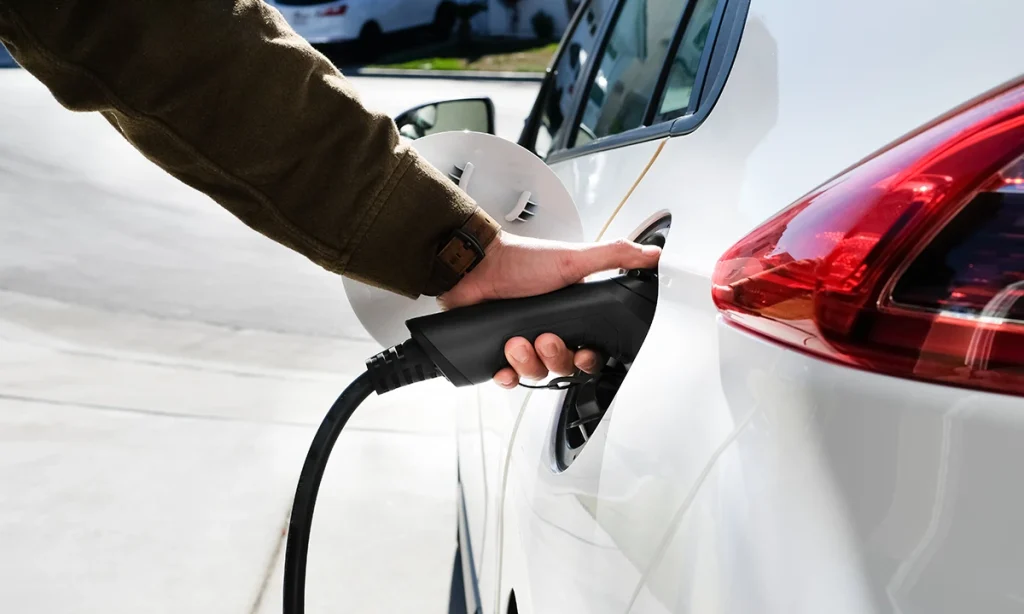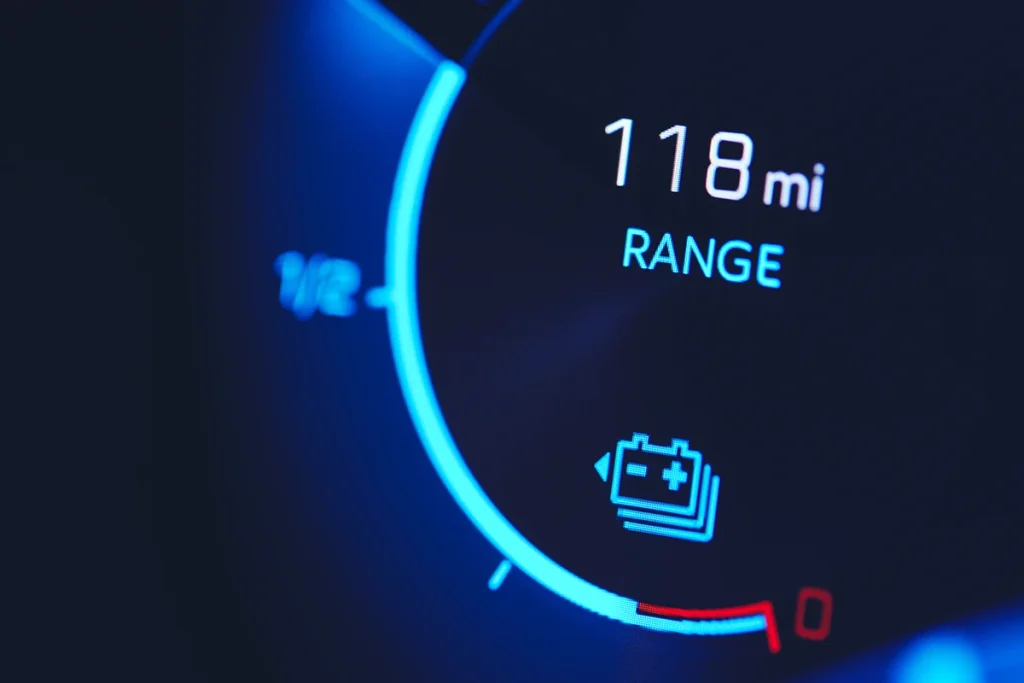As the winter season envelops much of the United States in its frigid embrace, many motorists who have switched or are considering switching to electric vehicles (EVs) may wonder how these high-tech machines fare in cold weather. The impact of plummeting temperatures on EV performance, battery efficiency, and charging dynamics is a topic of increasing relevance as EVs become more prevalent.
Battery Performance in the Cold: The Heart of the Matter
- Reduced Range: It’s well-established that cold weather can decrease the range of EV batteries. The chemical reactions within lithium-ion batteries, which power most EVs, slow down in colder temperatures, reducing efficiency.
- Preconditioning: Many EVs offer a “preconditioning” feature. By warming up the battery before driving, it operates more efficiently, helping to mitigate range loss.
- Insulation and Heating Systems: Newer EV models incorporate better battery insulation and advanced heating systems to minimize cold-weather impacts.
Charging in Chilly Conditions: Slower but Steady
- Slower Charging Rates: Cold temperatures can also slow down the charging process. Batteries accept charge more slowly when cold, meaning it might take longer to charge in winter.
- Impact on Public Charging Stations: This slowdown can be more pronounced at public charging stations, especially fast chargers, affecting convenience.
Navigating Snow and Ice: EV Traction and Control
EVs, particularly those with all-wheel drive, offer impressive traction control. The instant torque characteristic of electric motors, combined with sophisticated traction control systems, can provide superior handling in snowy and icy conditions. Moreover, the weight of EV batteries adds to the vehicle’s stability, enhancing grip on slippery roads.
Model-Specific Winter Performance: A Comparative View
- Tesla Models: Known for their range and efficiency, Tesla vehicles like the Model S and X have demonstrated commendable performance in cold weather, aided by features like range optimization and battery preconditioning.
- Nissan Leaf and Chevrolet Bolt: These models, while more affordable, face more significant range reductions in cold weather. However, newer versions come with improved battery technology and thermal management systems.
Winter-Proofing Your EV: Tips and Tricks
- Preconditioning: Use this feature to warm the battery before departure.
- Reduced Speed and Eco Mode: Driving at lower speeds and using eco mode can help conserve battery life.
- Heated Accessories: Opt for heated seats and steering wheels instead of cranking up the cabin heater to save battery power.
Conclusion: Cold Weather, Warm Reception?
While cold weather can present challenges for EVs, advances in battery technology, heating systems, and vehicle design are continually improving winter performance. The growing network of charging stations and increasing public awareness are also smoothing the path for EVs in colder climates. As we delve deeper into the era of electric mobility, the frosty days might seem less daunting for EV enthusiasts.


